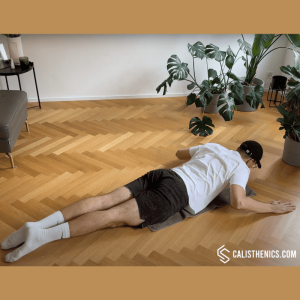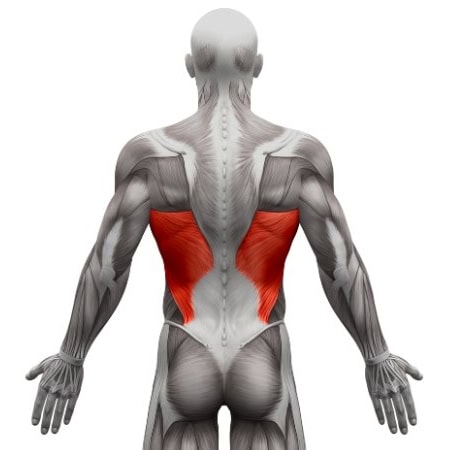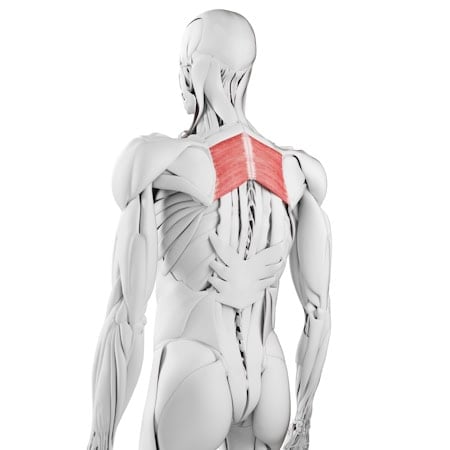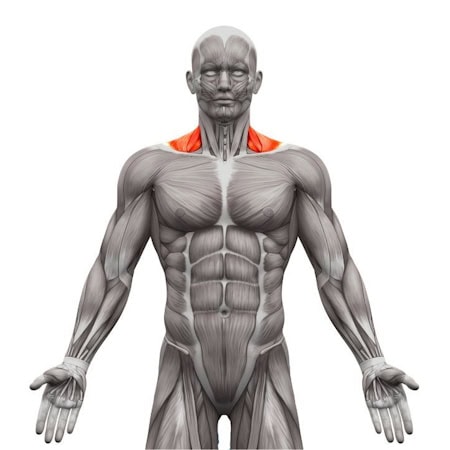Floorslide Pull-ups
How to do Floorslide Pull-ups?
Floorslide pull-ups, also known as pull-downs, are a bodyweight exercise designed to mimic the motion of a pull-up or lat pull-down without needing a pull-up bar. By lying on the floor with a towel under your upper body, you can slide your torso forward and backward while pulling with your arms to simulate the pulling movement. This exercise targets the latissimus dorsi, rhomboids, and other upper back muscles, making it an excellent option for individuals working on pull-up strength or seeking a back-focused workout at home.
Steps to Perform a Proper Floorslide Pull-Up (Pull-Down):
1. Set Up on the Floor:
• Lie face down on the floor with a towel or slippery material under your chest and upper body to allow you to slide.
• Extend your legs straight behind you and keep your toes planted on the floor for stability. Your arms should be extended in front of you with palms facing down.
2. Engage Your Core and Reach Forward:
• Engage your core by pulling your belly button toward your spine to maintain stability and prevent lower back strain.
• Reach forward with both arms fully extended, as if you’re grabbing an overhead bar or performing a pull-up.
3. Pull Yourself Up by Sliding:
• Exhale as you engage your back muscles and pull your upper body toward your hands, sliding your torso along the floor.
• Focus on squeezing your shoulder blades together and pulling your elbows down toward your ribs as you slide, simulating the motion of pulling your body up in a pull-up.
• Your legs and lower body should remain stationary, with all movement coming from your arms and back.
4. Return to the Starting Position:
• Inhale as you slowly extend your arms forward and slide your body back to the starting position. Keep the movement controlled to maintain tension in your upper back and lats.
• Repeat the movement for the desired number of repetitions, maintaining good form throughout.
Benefits of Floorslide Pull-Ups
• Mimics Pull-Up Mechanics: This exercise closely replicates the pulling motion of a pull-up or lat pull-down, making it an excellent way to build the back muscles needed for more advanced pull-up progressions.
• Strengthens the Upper Back: By engaging the latissimus dorsi, rhomboids, and trapezius, floorslide pull-ups effectively strengthen the muscles of the upper back, helping to improve posture and shoulder stability.
• Improves Pulling Strength: Floorslide pull-ups develop pulling strength in the upper body, which is essential for functional movements like pulling, lifting, and carrying.
• Core Stability: The movement requires core engagement to stabilize the torso, promoting overall core strength and stability.
• No Equipment Needed: This exercise can be performed with just a towel and a smooth floor, making it accessible for home workouts or when traveling.
• Low-Impact: Floorslide pull-ups are a low-impact exercise, making them suitable for individuals looking to strengthen their upper body without the strain on joints or the need for hanging from a pull-up bar.
• Progressive Exercise: This movement serves as a great progression for beginners working toward full pull-ups or lat pull-downs, allowing them to build strength in the back muscles.
Common Mistakes to Avoid
• Using Momentum: Avoid jerking or using momentum to slide forward. Focus on controlled, muscle-driven movements to engage the correct muscles and prevent injury.
• Arching the Lower Back: Keep your core engaged throughout the movement to prevent excessive arching in your lower back. Arching can lead to strain and reduce the effectiveness of the exercise.
• Not Squeezing the Shoulder Blades: Failing to actively squeeze your shoulder blades together during the pull will reduce engagement of your upper back muscles. Focus on proper scapular retraction.
• Relying on the Legs: Avoid pushing with your legs to pull your body forward. Let your upper body, specifically your back muscles, do the work.
Tips for the proper execution of Floorslide Pull-ups
Squeeze Your Shoulder Blades: As you pull yourself up, focus on squeezing your shoulder blades together to maximize engagement of your upper back muscles.
Core Engagement: Keep your core tight to protect your lower back and stabilize your torso during the movement. This will prevent excessive arching or strain.
Keep Elbows Close: As you pull, ensure that your elbows stay close to your body, similar to the form used in a traditional pull-up or lat pull-down.
Controlled Movement: Perform the movement slowly and with control, especially when returning to the starting position. Avoid using momentum to slide.
Breathing: Exhale as you pull your body forward and inhale as you return to the starting position. Proper breathing helps you maintain rhythm and focus.
Muscles worked when doing Floorslide Pull-ups
Primary Muscles:
•Latissimus Dorsi: The large muscles of the back, responsible for pulling your arms down and together, are heavily engaged during the pulling motion.
•Rhomboids: Engage to retract the shoulder blades and support the upper back during the pulling motion.
•Trapezius: The middle and lower trapezius muscles help stabilize the shoulders and assist with pulling.
Secondary Muscles:
•Biceps: Engage to assist in pulling the body forward as the elbows bend.
•Shoulders: The rear deltoids help stabilize the shoulder joint during the movement.
•Forearms: Assist with grip and control during the pulling motion.
•Core: The abdominals and lower back muscles help stabilize the torso and maintain proper posture during the exercise.
Primary Muscle(s):
Secondary Muscle(s):
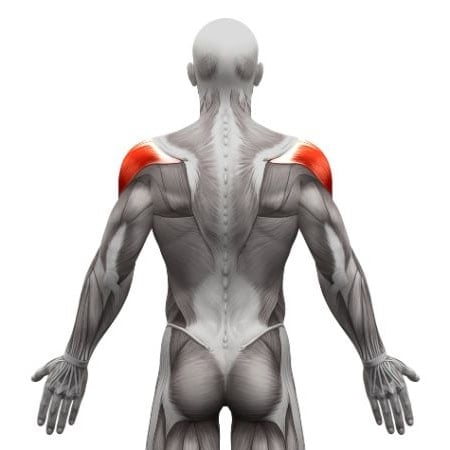
Rear delt
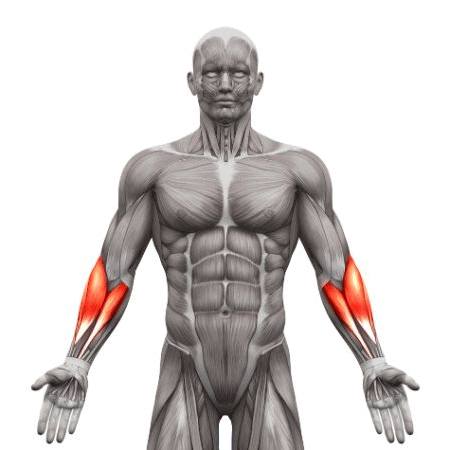
Forearm
Equipment needed for Floorslide Pull-ups
No equipment needed for this exercise.
Adjust the difficulty of Floorslide Pull-ups
How to make Floorslide Pull-ups harder?
How to make Floorslide Pull-ups easier?
How to make Floorslide Pull-ups harder?
To make Floorslide Pull-ups harder:
-
Increase the Range of Motion: Extend your arms fully in front of you and pull your body as far forward as possible to engage your back muscles more deeply.
-
Add Resistance: Place a light weight (like a weight plate) on your back to add extra resistance, making the pulling motion more challenging.
-
Slow Down the Tempo: Perform the movement more slowly, especially during the return phase, to increase time under tension and further engage the muscles.
-
Increase Repetitions or Sets: Perform more repetitions (e.g., 12-15) or add additional sets to increase the challenge for your back and shoulders.
How to make Floorslide Pull-ups easier?
To make Floorslide Pull-ups easier:
-
Use Less Resistance from the Ground: Place more of your weight on your legs and use less upper body force to pull yourself. You can lightly push with your feet to reduce the intensity on your back muscles.
-
Reduce the Range of Motion: Perform smaller pulls by sliding your body only partway forward, then gradually increase the range of motion as you build strength.
-
Lift your legs up from the ground when pulling, this way you reduce the sliding resistance.
-
Perform Fewer Repetitions: Start with fewer repetitions (e.g., 5-6 per set) and increase the number as your strength improves.

